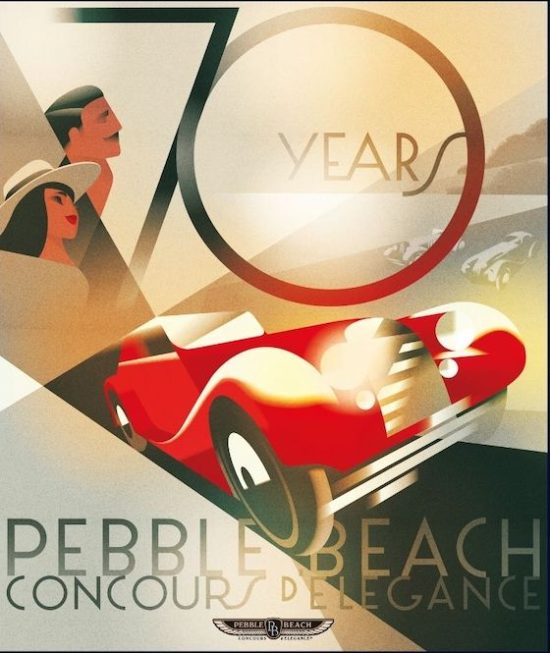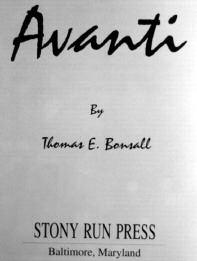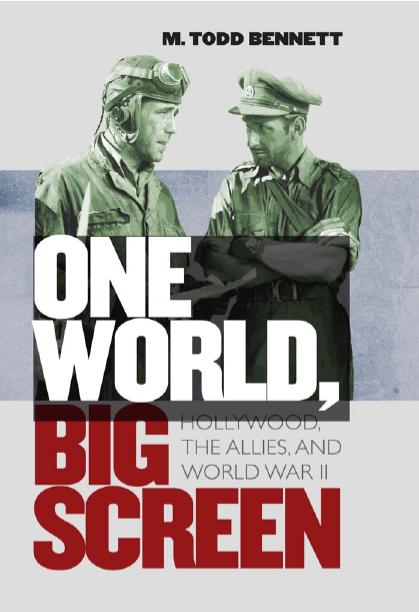The Fall of the Packard Motor Car Company
 by James A. Ward
by James A. Ward
Ward’s book approaches its subject from the point of view of the business historian rather than the car enthusiast’s (he is Guerry Professor of History at the University of Tennessee). Judging by the Bibliography, he consulted all the right books and even conducted his own oral interviews in order to introduce into the record new nuances about the reasons for Packard’s decline and fall. Ward forges a familiar iron: the good guys don’t always win—something he cleverly calls the “Horatio Alger aspect.”
The irony of the Packard demise is that the company survived, unlike so many others, the Depression era—only to fail 20 years later, during the greatest car-buying boom the US had ever seen. The 1954 merger with Studebaker is described as only the last straw to break the proverbial camel’s back. To add insult to injury, low-end Nash and Hudson, amalgamated into the AMC family, would survive another 34 years until taken over by Chrysler in 1987. Ward explains as much about Packard specifically as about 20th-century business practices in general. The concerns with marketing, management techniques, listening to outside consultants, materiel flow etc. that plagued the Packard managers are fundamentally no different from those that any businessperson contends with. There is much one will relate to and commiserate with, especially regarding Packard’s often-misunderstood last president, James John Nance. A detailed Index and thorough notes round out an eminently readable book.
Writing from the vantage point of the business observer as opposed to that of the marque or even general automotive expert means that Ward brings a more articulated bird’s eye view of history and its myriad of interwoven connections to the table. The inevitable disadvantage is a sometimes less-than-thorough familiarity with the minutiae of, for instance, other automotive industry happenings. To illustrate the latter: Rolls-Royce cars are mentioned once, literally on the last page, in the context of comparing Packard’s difficulties to Rolls-Royce’s. Ward cites a quote from a Dec. 1991 London Sunday Times to make the point that “. . . To stem the erosion of the Rolls-Royce’s prestige [by being outsold by the, artificially, ‘cheaper’ Bentley], the company needed to tool separate bodies for its cars.” What separate bodies? The only Bentleys in that era that had body styles for which no equivalent Rolls-Royce counterpart existed were the Bentley Continental R and T and Sedanca SC but they were only on the drawing board at the time of the newspaper article—and, once built, cost tens of thousands of dollars more than the Rolls-Royces.
The reason for singling out the Rolls-Royce reference at all is, of course, an earlier and important connection between the two firms. During World War Two, Packard built 55,523 Rolls-Royce Merlin aero engines under license for the RAF and USAAF. This was a landmark development, and it is surprising that Ward dispenses with a subject of such importance to both companies in just a few sentences. Also, in this instance, the Index falls short in that it fails to point out the link between the Rolls-Royce and Merlin entries by omitting appropriate cross references.
One critical remark, which has nothing at all to do with the author, is that the back cover lists among the book’s endorsements one by none other than the Packard Club’s magazine, The Cormorant. It says, “This is clearly a work of history that stands, in the automotive field, in a class by itself . . .” Now, obviously, a prospective buyer/reader would take the endorsement of a marque club serious. Hyperbole is a dangerous thing. Unwarranted, it only serves to undercut integrity and it deflates the currency of words. If “standing in a class by itself” implies a raising of the bar to heretofore unscaled heights, it is hard to see that. Ward’s book is a solid book, a well written book, a book with a point, a book that advances the body of knowledge. It is in a class by itself only in the sense that in the relatively small field of Packard literature (8 books in 30 years at the time of its publication) it is a big fish in a small pond.
Copyright 2023, Charly Baumann (speedreaders.info).


 RSS Feed - Comments
RSS Feed - Comments






































































 Phone / Mail / Email
Phone / Mail / Email RSS Feed
RSS Feed Facebook
Facebook Twitter
Twitter